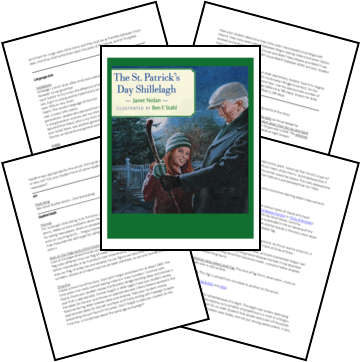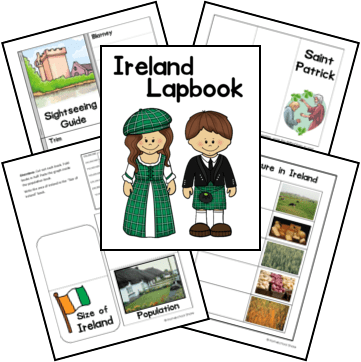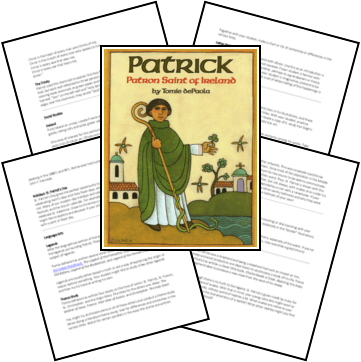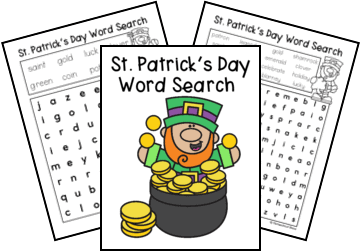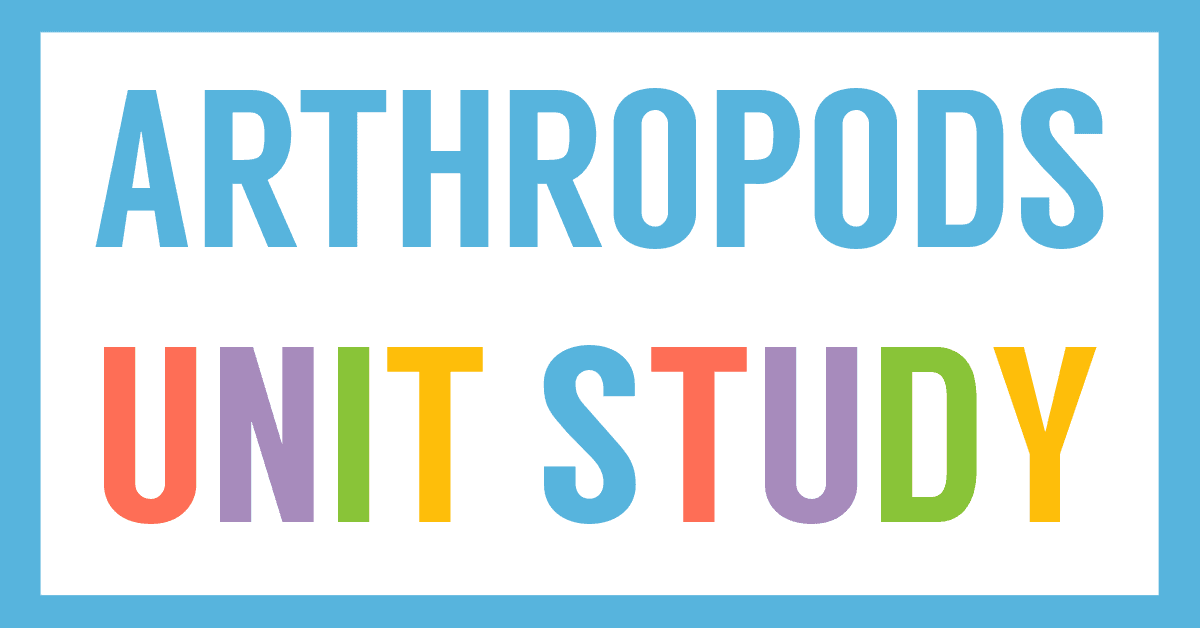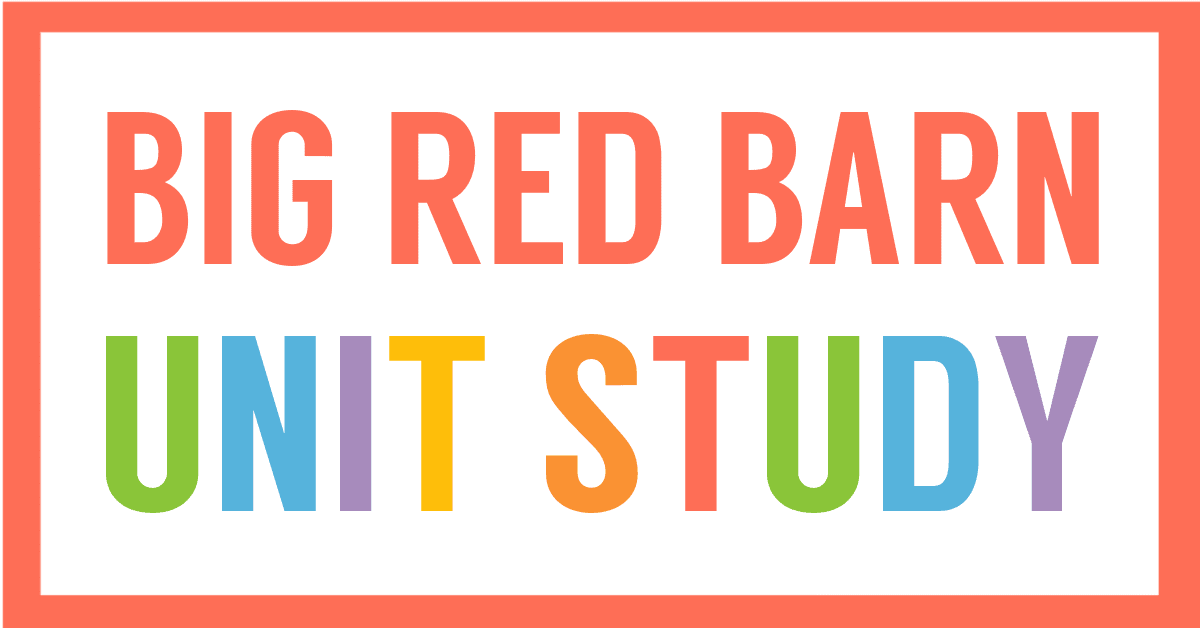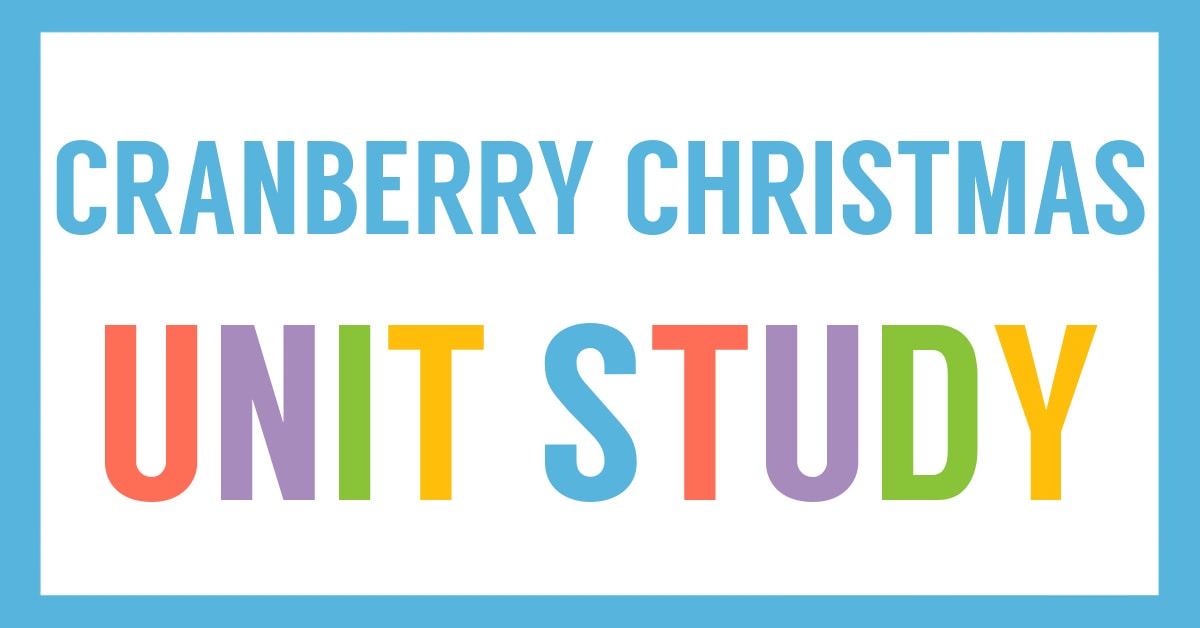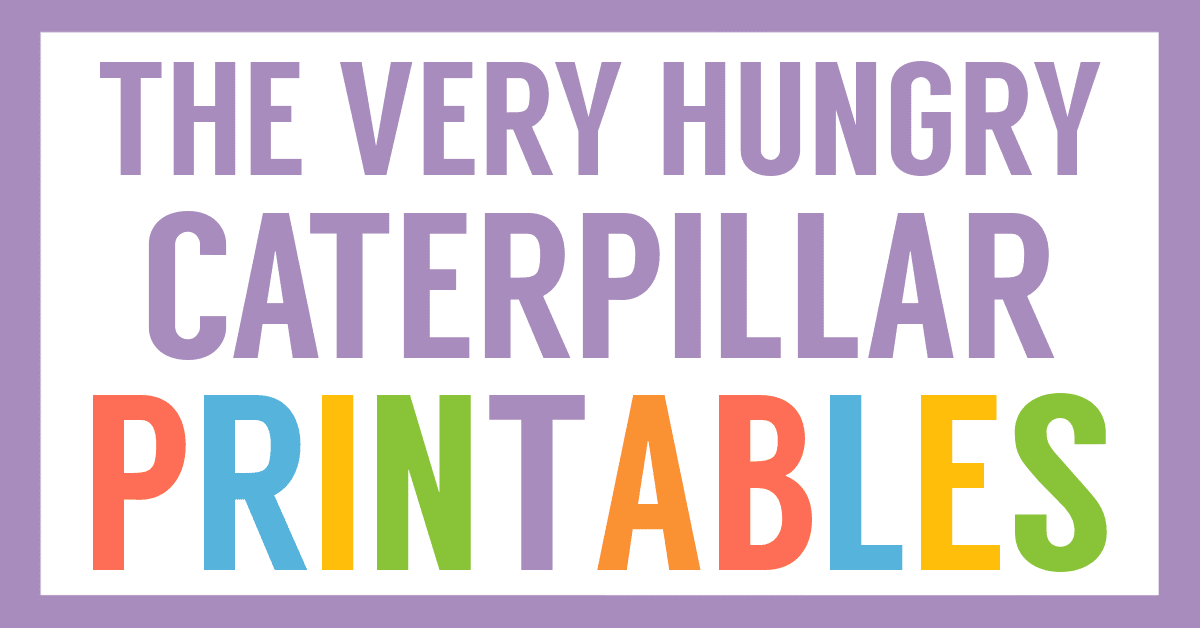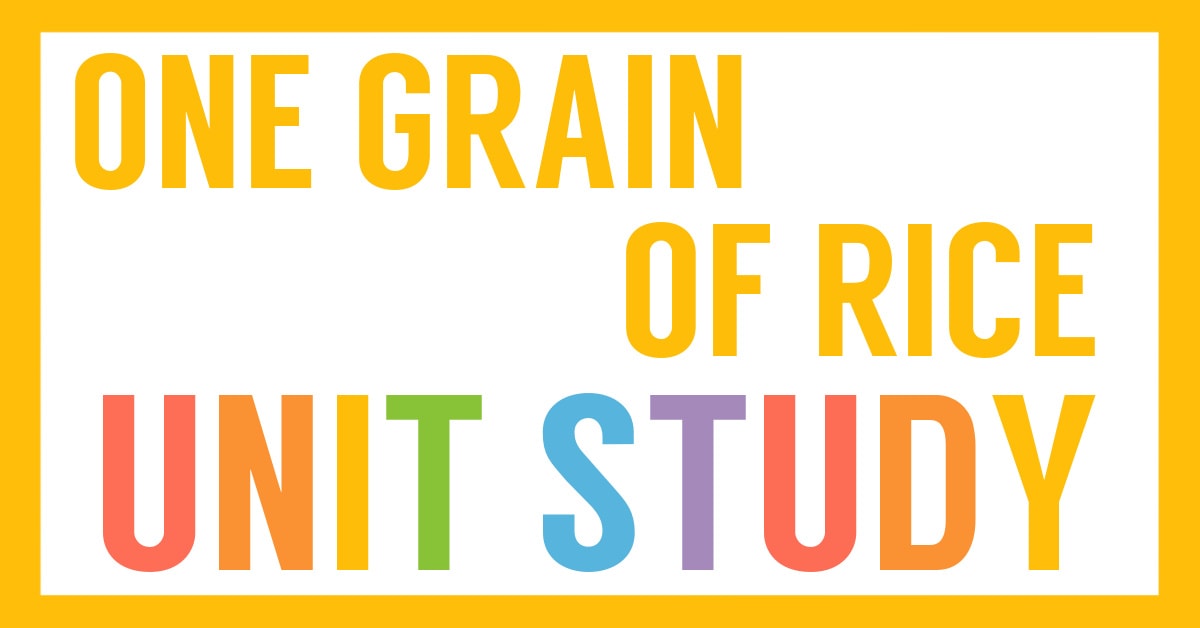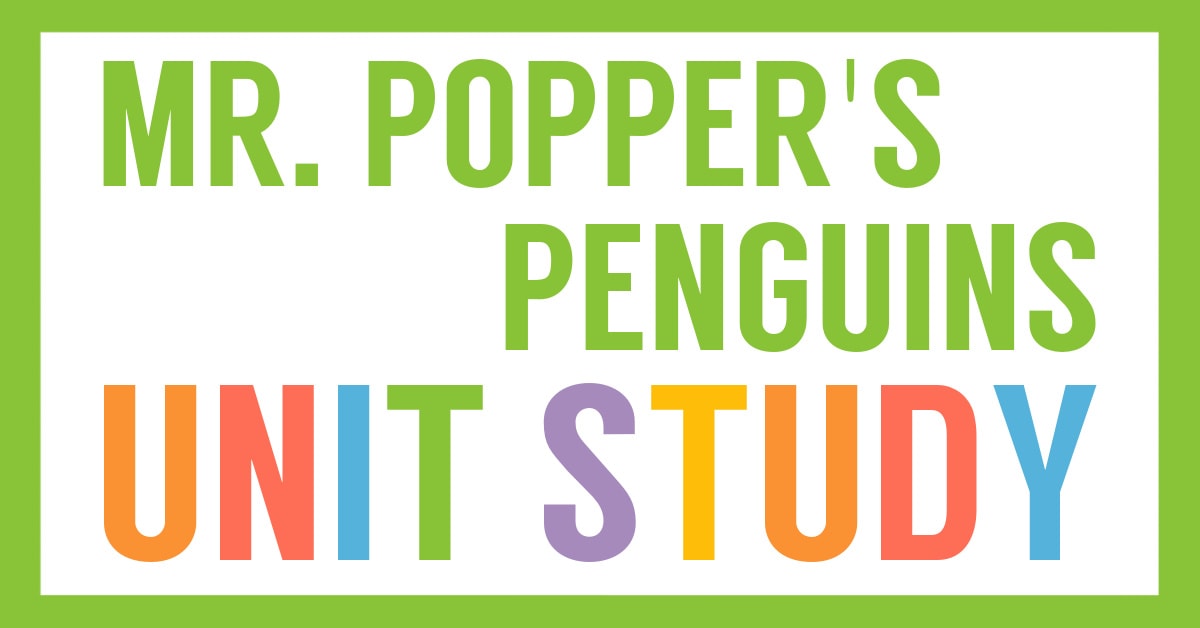Affiliate Disclaimer
We sometimes use affiliate links in our content. This won’t cost you anything, but it helps us to keep the site running. Thanks for your support.
This unit study includes lessons and activities based on the book The St. Patrick’s Day Shillelagh by Janett Nolan.
A family retells the story of the shillelagh that was whittled from a tree. During the Irish potato famine, Fergus and his family left for America. But first Fergus cut a branch from a blackthorn tree to take a piece of Ireland with him.
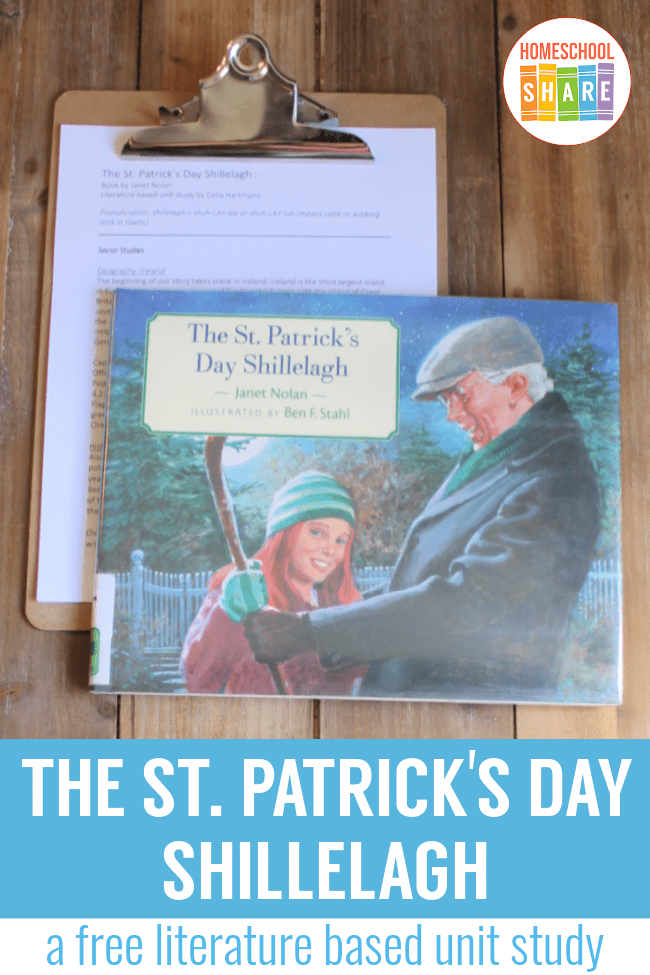
Thanks to Celia Hartmann for preparing this The St. Patrick’s Day Shillelagh Unit Study.
The St. Patrick’s Day Shillelagh Unit Study Lessons
Here is a sample of the lessons found in this The St. Patrick’s Day Shillelagh unit study:
Geography: Ireland
The beginning of our story takes place in Ireland. Ireland is the third largest island in Europe. It lies to the northwest of Continental Europe with the island of Great Britain lying to the east. Politically it is divided into the Republic of Ireland, a sovereign state occupying five-sixths of the island, and Northern Ireland, a part of the United Kingdom, occupying the northeastern sixth of the island. The name Ireland derives from the name Ériu (in modern Irish, Éire) with the addition of the Germanic word land.
Capital: Ireland’s capital is Dublin; Northern Ireland’s capital is Belfast.
Official languages: English and Gaelic.
Population: The population of the island is slightly under six million (2006), with 4,239,848 in the Republic of Ireland and about 1.7 million in Northern Ireland.
Flag: Ireland’s flag is made of three equal-sized rectangles of orange, white and green. (The green is by the flagpole.)
Climate: Ireland has a cool, often-cloudy climate.
History: Irish Potato Famine 1845 to 1849
Also known as the Great Hunger or the Great Famine. In 1845, half of Ireland’s potatoes were infected with a disease (see Blight in Science lessons). The following year, even more plants were killed. By 1847, almost all potato plants had died. Because potatoes were almost the only food the poor Irish farmers lived on, many of them starved to death. Many left Ireland. (You can read more on the last page of the book.)
Older Student Research Project: An older student–Jr. High/High School aged–may wish to research the political aspect of the Famine. Great Britain refused to help the Irish during the Famine, and animosity between the two countries continues even today as a result.) You may also want to take this opportunity to learn more about immigration.
Social Studies: Heirlooms
Discuss the term heirloom with your student– an heirloom is a piece of personal property handed down from generation to generation. Ask your student, “What was the heirloom in this story?” If you have any heirlooms that were passed down from your ancestors, take some time to share them with your student. Is there a story behind the item? Do you plan to pass it down to your student? You may even want to visit a grandparent to learn about other family heirlooms.
Math: Time Line
Create a time-line of the story. Start with Fergus and place him at about 1847, the time when Irish really started leaving Ireland in mass numbers. Continue with Declan (have your student review the Brooklyn Bridge building dates and choose a year that is appropriate). Emmet fought in WWI (again have your student review the dates for the war and choose an appropriate year.) Mary Maeve worked in the factories during WWII (review dates and choose). Help your student choose approximate dates for Garrett and Ryan and finally ending with Kayleigh (maybe pretending she just found it this year). Don’t forget to add your student on the time line–is he perhaps about the same age as Kayleigh?
Have your student determine how many years have passed since Fergus left Ireland. How many years passed between Fergus leaving Ireland and when Declan worked on the Brooklyn Bridge? Emmet and WWI? Mary Maeve and WWII? How many years have passed since WWI? Since WWII? Between WWII and your student was born? etc.
You can grab a copy of the entire The St. Patrick’s Day Shillelagh unit study in an easy-to-print file at the end of this post.
How to Get Started with The St. Patrick’s Day Shillelagh Unit Study
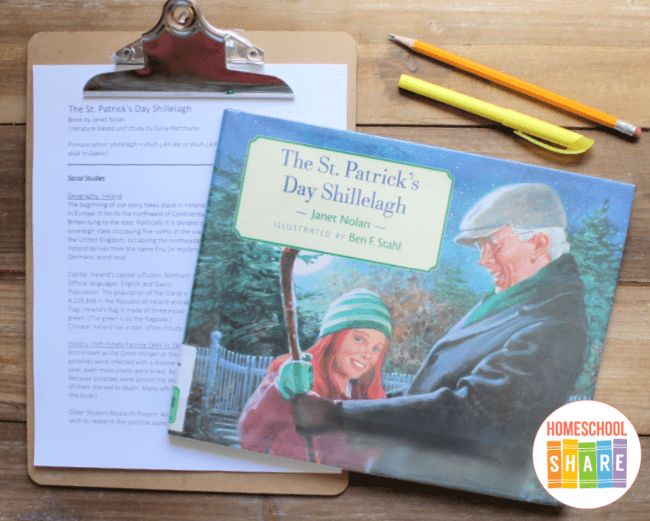
Follow these simple instructions to get started with The St. Patrick’s Day Shillelagh unit study:
- Buy a copy of the book, The St. Patrick’s Day Shillelagh, or grab one from your local library.
- Print the The St. Patrick’s Day Shillelagh unit study.
- Choose the lessons you want to use with your student (a highlighter works great for this).
- Enjoy a week of book-based learning with your student.
Download Your Free The St. Patrick’s Day Shillelagh Unit Study
Simply click on the image below to grab the free The St. Patrick’s Day Shillelagh unit study.

